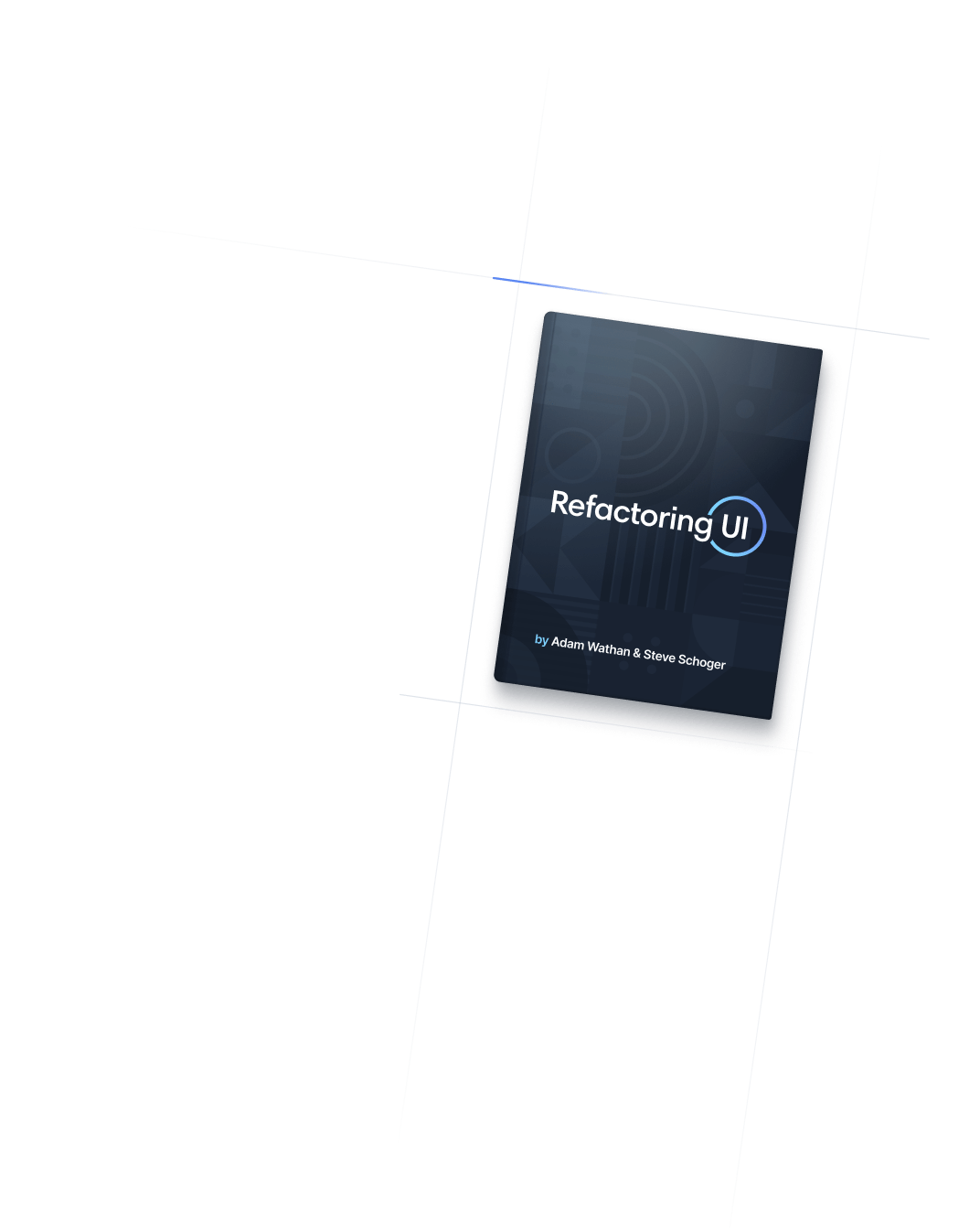
- Sizing
- Max-Height
Sizing
Max-Height
Utilities for setting the maximum height of an element.
Basic usage
Setting the maximum height
Set the maximum height of an element using the max-h-full or max-h-screen utilities.
<div class="h-24 ...">
<div class="h-48 max-h-full ...">
<!-- ... -->
</div>
</div>Applying conditionally
Hover, focus, and other states
Tailwind lets you conditionally apply utility classes in different states using variant modifiers. For example, use hover:max-h-screen to only apply the max-h-screen utility on hover.
<div class="h-48 max-h-full hover:max-h-screen">
<!-- ... -->
</div>
For a complete list of all available state modifiers, check out the Hover, Focus, & Other States documentation.
Breakpoints and media queries
You can also use variant modifiers to target media queries like responsive breakpoints, dark mode, prefers-reduced-motion, and more. For example, use md:max-h-screen to apply the max-h-screen utility at only medium screen sizes and above.
<div class="h-48 max-h-full md:max-h-screen">
<!-- ... -->
</div>
To learn more, check out the documentation on Responsive Design, Dark Mode and other media query modifiers.
Using custom values
Customizing your theme
By default, Tailwind’s max-height scale uses a combination of the default spacing scale as well as some additional height related values.
You can customize your spacing scale by editing theme.spacing or theme.extend.spacing in your tailwind.config.js file.
module.exports = {
theme: {
extend: {
spacing: {
'128': '32rem',
}
}
}
}
Alternatively, you can customize just the max-height scale by editing theme.maxHeight or theme.extend.maxHeight in your tailwind.config.js file.
module.exports = {
theme: {
extend: {
maxHeight: {
'128': '32rem',
}
}
}
}
Learn more about customizing the default theme in the theme customization documentation.
Arbitrary values
If you need to use a one-off max-height value that doesn’t make sense to include in your theme, use square brackets to generate a property on the fly using any arbitrary value.
<div class="max-h-[32rem]">
<!-- ... -->
</div>
Learn more about arbitrary value support in the arbitrary values documentation.

